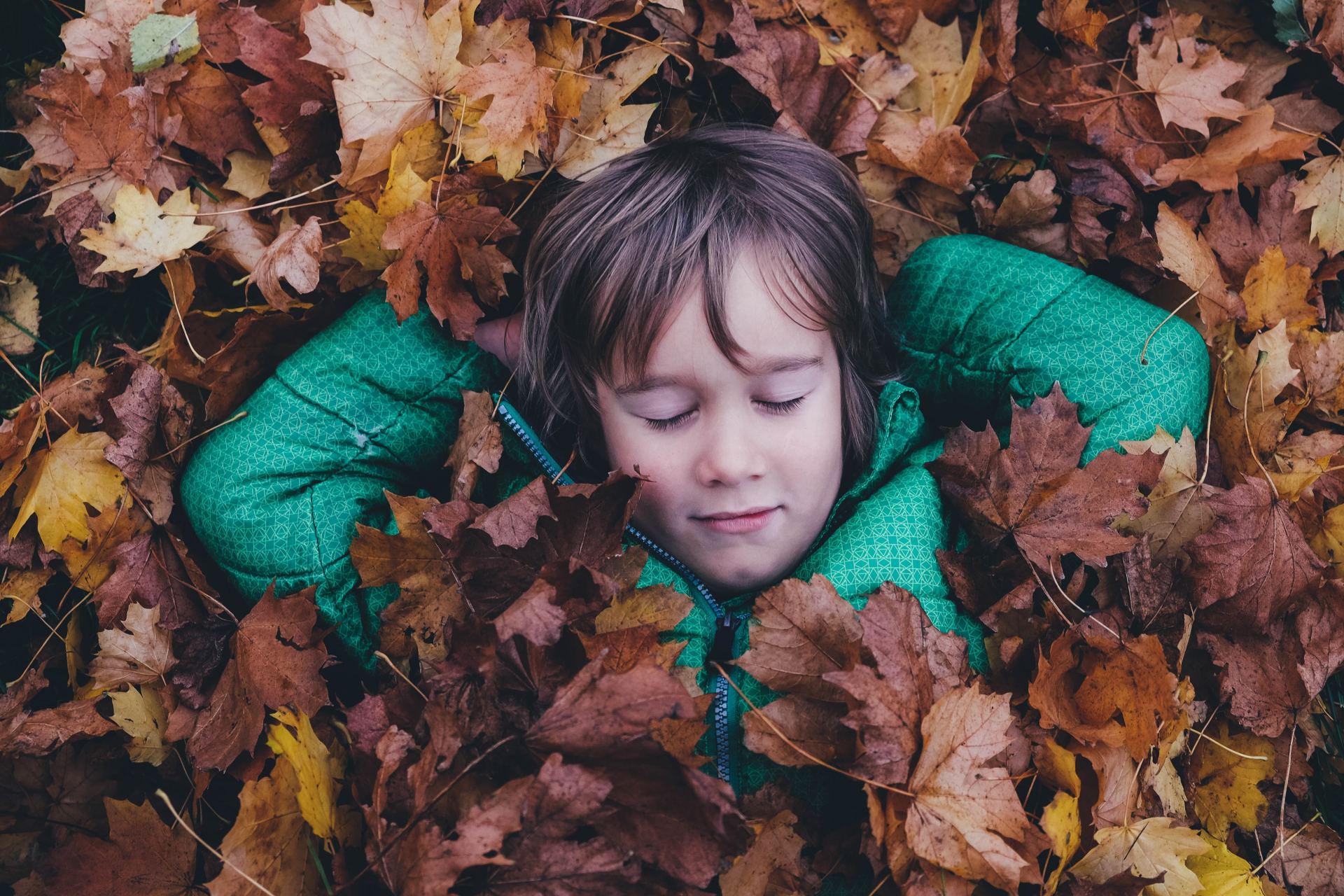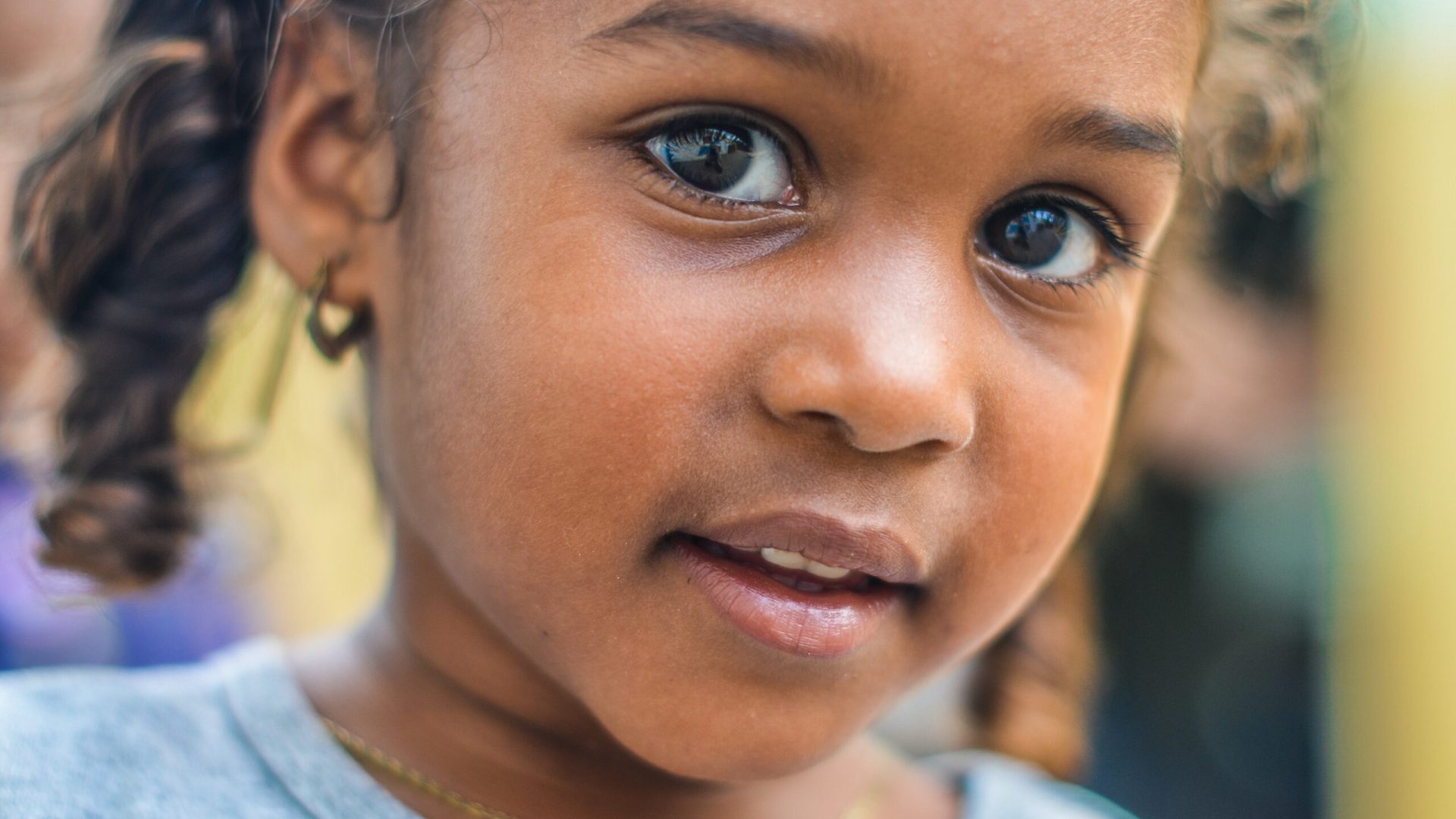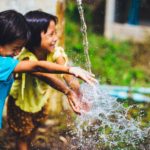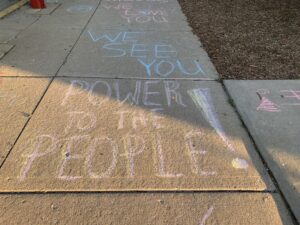The Power of Deep Breathing…
Deep breathing can have a multitude of benefits not only in adults but in kids too. In my practice, I use different deep breathing techniques for kids who are feeling angry, overwhelmed, anxious, sad, etc. Deep breathing not only helps kids focus and center their attention on a particular topic or emotion; by engaging those different body muscles kids are able to draw their focus away from the “scary” or “too strong” feelings in order to calm down.
One of the main reasons I like teaching kids and parents deep breathing techniques is because it is a portable skill. Think of a kid’s favorite toy or blanket; when young they take it everywhere because it makes them feel safe and it is soothing. As they grow up and start school, these objects might not be appropriate or allowed. Enter breathing! Everyone can take a small break from the crowd and take some deep breaths.
The 2 main techniques I have found useful with kids are Belly breaths (also known as dragon breaths) and 1+3+10.
If you’ve ever been around or worked with kids you might know that adding some flare or pizazz to an activity entices their attention and makes them more likely to want to engage with you. For example, is a kid more likely to want to breathe like a dragon or engage in “deep breathing?”
Belly Breaths/Dragon Breaths

Breathing is something so automatic that we forget the mechanics of it. Breathing engages a variety of muscle sensations in the body. When I’m working with a child who is struggling, I not only want to teach them how to calm down but also how to listen to the cues their body is giving them. I start by asking them to put both hands on their stomach. Then together we take one deep breath in and watch our bellies grow in size. At this point, most kids laugh at the image of watching their bellies grow so in most cases it takes a few tries before we get through the whole exercise. After all the laughs are out and they have filled their bellies with air, we hold the breath for 3-4 seconds and then exhale. This is where the dragon breath comes in. I use this mostly with boys, but it can be used with girls too; I ask them to imagine that they are a dragon and that all their emotions, thoughts, feelings, problems, etc. are being released through their mouth as fire! They love it.
1+3+10 Technique

When you are working with older kids or kids who need a visual aid, I tend to use the 1+3+10 technique. The numbers stand for the following:
1- STOP and THINK
3- take 3 deep breath or count to 3
10- count to 10 or take 10 deep breaths
I first found out about this technique while I was working with anger management groups. I realized during my time with these groups that this technique in particular really helped the kids I was working with. Since then, I have adapted the 3 and 10 to meet the needs of the particular kid I am working with; sometimes they need to do more breaths or count for a longer period of time. I personally really like this technique because it can be modified to fit any age by simply altering the progression of counting and breaths. When using this skill, I make sure to print some visual aids kids can take home or have close to them as a reference.
Below are some articles and websites that go over the benefits of deep breathing in kids and how it can be used alongside other skills such as blowing bubbles! Make sure to share with your families and encourage parents to practice these techniques with their kids!
https://www.anxietycanada.com/parenting/how-teach-your-child-calm-breathing
https://fit.webmd.com/jr/recharge/article/belly-breathing-activity
Alejandra is a Registered Associate Marriage and Family Therapist and Professional Clinical Counselor (AMF #105469, APC# 4917). She graduated from Brandman University with a Masters in Psychology; she also holds a Bachelors in Psychology and Criminal Justice from California State University, San Bernardino.
Currently, she works for a non-profit organization that provides mental health services to schools in southern California. In addition, she also works for a private practice where she specializes in working with children, youth, and families suffering from a variety of issues such as academic performance, learning disabilities, depression, anxiety, bipolar, ADHD, Autism Spectrum Disorder, and grief.
-
Alejandra Alvarez, LMFThttps://psychosocial.media/author/alvarez/September 3, 2018
-
Alejandra Alvarez, LMFThttps://psychosocial.media/author/alvarez/September 14, 2018
-
Alejandra Alvarez, LMFThttps://psychosocial.media/author/alvarez/November 20, 2018
-
Alejandra Alvarez, LMFThttps://psychosocial.media/author/alvarez/























